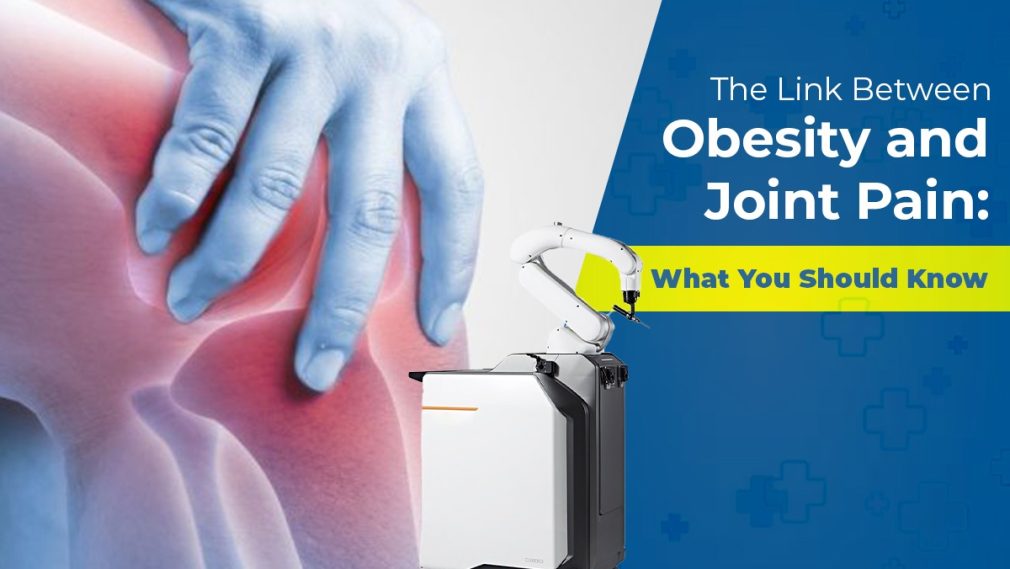How Aging Affects Joints: Problems and Care Tips for the Elderly
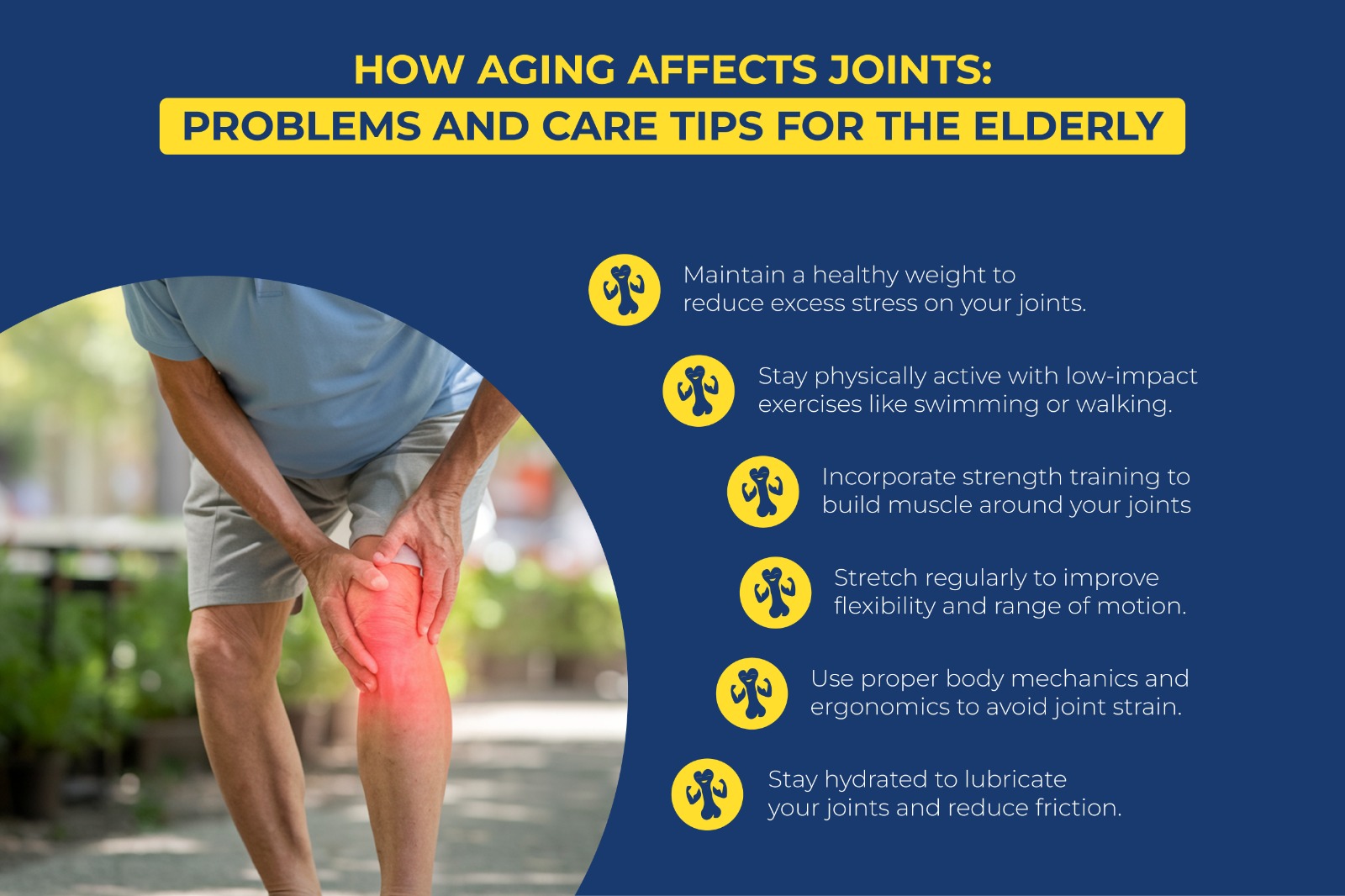
As we age, your joints might start to feel stiff or painful. Ageing affects joints significantly. This causes wear and tear over time and thereby causing joint pain. This natural process occurs when the cartilage that cushions your joints, deteriorates. It’s important to understand how ageing affects joints so that we can manage the painful symptoms and maintain mobility.
How Ageing Affects Your Joints
As we grow older, it’s perfectly natural for our joints — to go through some changes. Over time, the soft, smooth tissue called cartilage, which acts like a cushion inside your joints, starts to wear thin. This can make your joints feel stiff, painful or swollen. This will occur especially after rest or too much activity.
1) Arthritis
One of the most common conditions linked to ageing joints is arthritis. Arthritis is an umbrella term for joint inflammation and there are many types. In older adults, the most common are osteoarthritis and sometimes rheumatoid arthritis. With arthritis, you might feel pain, swelling or a reduced range of movement. Simple daily tasks, like walking, climbing stairs or even buttoning a shirt, may feel harder than before. You should spot early signs of joint problems of elderly to get it treated in time.
2) Osteoarthritis
The most common form is osteoarthritis. This happens when the cartilage protecting your bones breaks down over time. Without this cushion, your bones can rub against each other, which causes pain, swelling, stiffness and sometimes a grating feeling in the joint. It usually affects joints that bear weight, like the knees, hips and spine. For example, you might notice knee pain after standing for long or stiff hips when you get out of bed.
These changes don’t happen overnight. They build slowly over the years. Though it’s a natural part of ageing, you can still take care of joints when ageing.
Joint Problems of Elderly Population
As discussed above, ageing affects joints of the elderly very fast and this makes them more vulnerable to pain, stiffness and reduced movement. According to the World Health Organization (WHO), musculoskeletal conditions like arthritis are one of the leading causes of disability worldwide, especially among the elderly.
1) Knee pain
Knee pain is extremely common in older adults, mostly due to osteoarthritis. It is a condition where the protective cartilage in the joint wears down. It caused severe causes joint pain. This makes movements like climbing stairs or standing up very tough. A study in the Annals of Rheumatic Diseases found that nearly 23% of adults over age 40 have symptomatic knee osteoarthritis.
2) Hip pain
Hip pain also increases with age. Joint problems of elderly are not just limited to knees. The hip joint is a major weight-bearing joint and over time, cartilage damage or thinning leads to stiffness and pain during walking or standing. The CDC notes that 1 in 4 adults may develop hip osteoarthritis, with higher risk in women and those who are overweight.
3) Shoulder pain
Shoulder pain is often caused by rotator cuff injuries or frozen shoulders — both linked to ageing. As the tendons weaken, ageing affects joints. Thus, simple tasks like reaching for an item on a shelf can cause discomfort. Age-related shoulder issues are more common in people over 60, according to NIH research.
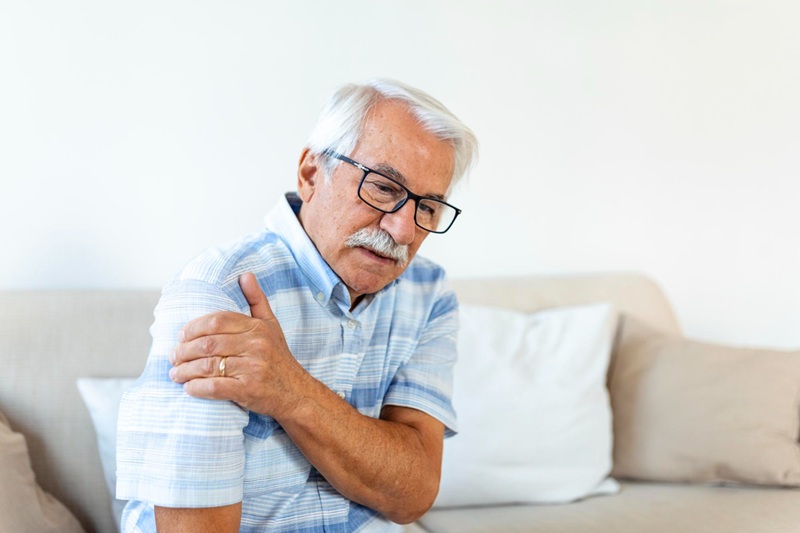
4) Elbow pain
Elbow pain though less frequent, is still a concern. Tendonitis, such as tennis or golfer’s elbow, results from repeated strain over time, even from daily activities. According to the Cleveland Clinic, it’s especially common in people between 40–60 years old.
Now you will ask us how to keep joint pain in check as we age? What lifestyle changes help prevent joint problems of elderly? What’s the best exercise to take care of joints when ageing? What foods help reduce joint pain in elderly people?
This and more we are answering now…
How to Take Care of Your Joints When Ageing?
Joint wear and tear is natural because we have now shown how ageing affects joints. But then, there are proven ways to reduce the risk of pain and stiffness. Let’s break it down, step by step.
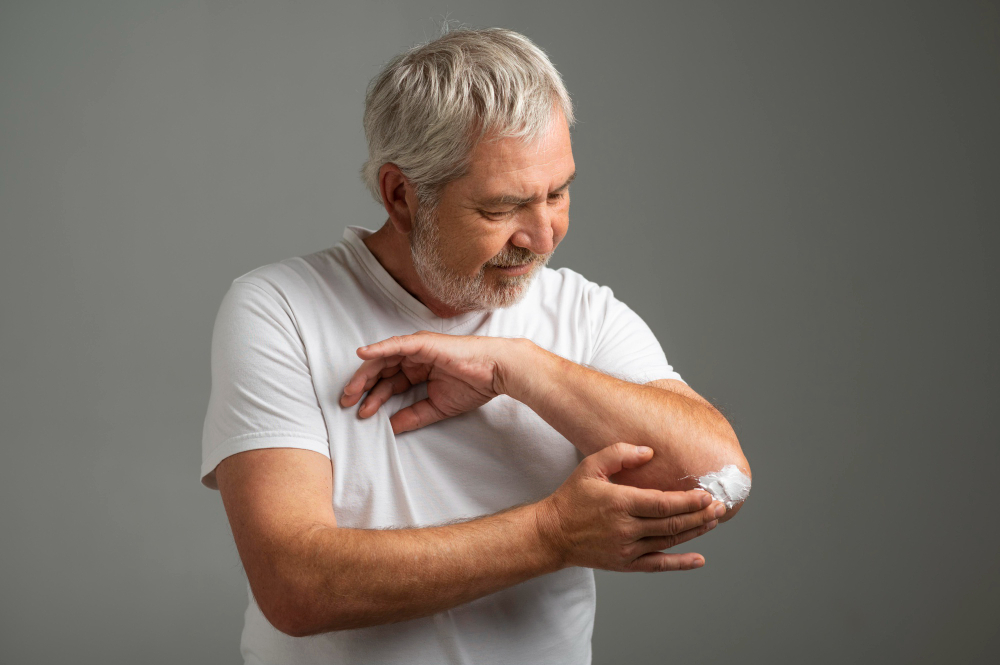
1. Activity
Staying active is the most effective way to maintain joint health. Regular, low-impact exercises such as walking, swimming and cycling help strengthen muscles and support joint function. According to the World Health Organization (WHO), adults aged 65+ should aim for at least 150 minutes of moderate exercise per week. This is to lower down the joint problems of elderly by reducing the risk of musculoskeletal decline.
2. Healthy Weight
Maintaining a healthy weight lowers the stress on weight-bearing joints like the knees, hips and spine. Every extra 5 kg of body weight puts nearly 20-30 kg of pressure on the knee jointsduring activities like climbing stairs or squatting, as reported by the Arthritis Foundation.(Add link). Weight loss can reduce joint pain and lower the risk of osteoarthritis progression.
3. Stretch Regularly
Stretching improves joint flexibility and reduces stiffness, especially in the morning or after long periods of sitting. Gentle stretching exercises boost-up blood circulation. This removes the initial causes joint pain and reduces the risk of injury, especially in older adults. The American College of Rheumatology (Add Link) recommends daily stretching for people over 60 to maintain range of motion and joint comfort.
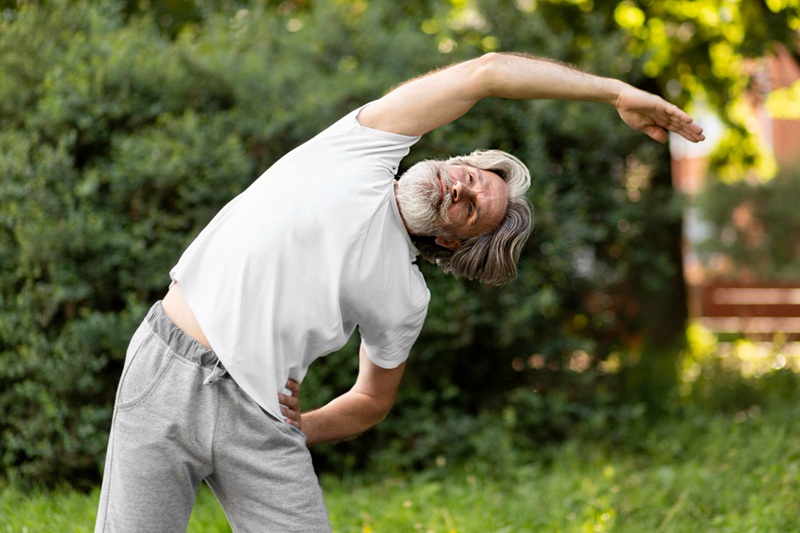
4. Joint-Friendly Diet
Ageing affects joints because we also often do not take a proper and healthy diet. A balanced diet rich in omega-3 fatty acids, vitamin D and calcium supports joint and bone health. Foods like fatty fish, dairy, green leafy vegetables and nuts reduce inflammation and maintain cartilage health. According to Harvard Health, omega-3s can ease joint stiffness and morning pain in older adults with arthritis.
If you notice regular joint pain, stiffness or swelling, do speak with the best orthopaedic doctor near you. Early advice, exercises or medication can often slow down further joint damage and keep you moving comfortably for longer. Joint pain is not just “old age” — it’s treatable! Studies show regular care, weight control, and early diagnosis can reduce arthritis symptoms by up to 50% (WHO). At the best joint pain care hospital near you, you will surely get advanced ortho care focused on mobility, not just medication. Don’t ignore the joint problems of elderly — timely help can restore comfort and ease. Let’s keep you moving, for life!





